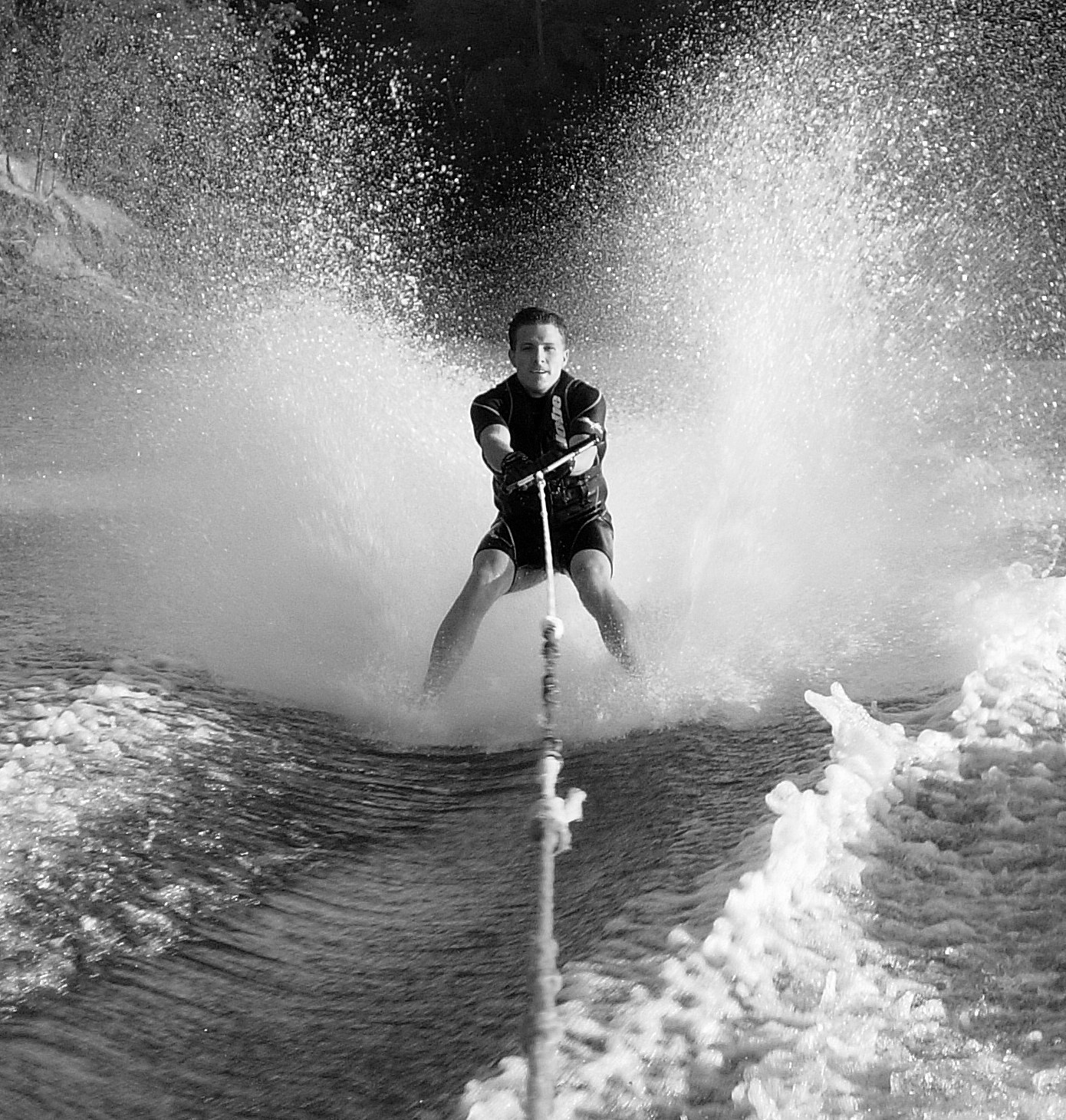
You were on the playground, a rotting tree standing in front of you… it was a simple dare. Pull back the bark they said, it will be fine they said. You slowly approach the tree and start to tear back the thin covering, and then they swarmed. Termites.
Beyond the nightmares, it is hard to believe, but termites are actually social insects (along with the bees and the ants). They divide their labor through a caste system, and they have a queen. The worker caste is blind and creamy white colored while the soldier caste is filled with large mandibles that help protect the termite colony and crush invaders. Lastly, they have a reproductive caste: adult winged termites with large antennae- ultimately in charge of keeping the queen pregnant.
A newly hatched termite can develop into any of a number of castes and sometimes multiple. At first, it becomes a worker termite and is most likely to remain one for its entire lifespan, but with enough perseverance, they can become warriors! Stay in school kids. However, the Queen can just lay a separate batch of eggs when there are plenty of workers, which will hatch into soldiers. The Queen never leaves the nest.

Termites eat, well, wood. This usually ranges from decomposed old branches, trees, and even stumps so that the nutrients can go back into the soil to be used later by new plants. What’s really cool is that a protist, Tricohonympha agilis, lives in the stomachs of termites and helps them break down wood- they wouldn’t be able to decompose wood without it. It can be classified as a mutualistic relationship (protist has a home, while termites can digest).
They termites you may encounter are Eastern Subterranean Termites. They haunt your nightmares while at the same time eat away at the basis and infrastructure of your home. Wood attacked by termites has runways or passages that are coated with an earth-like material glued to the wood. Another sign of termites in the house is the presence of termite tubes, which serve as exits for winged termites. These tubes can be found on the cellar walls, on wooden posts, wall studs, mudsills, and door and window trims.
You must be very careful trying to handle termites, or call the professionals. All woodwork in suspect areas should be probed for soundness and visually inspected for any sign of mud tunnels. An awl, ice pick, screwdriver, or similar instrument is commonly used to probe the wood. However, at Breda we use infrared cameras. This allows us to find the worker termites, the ones doing the damage. We then can localize our treatment, making sure the termites come in contact with the barrier. No need for bait stations hoping a blind organism will find a stick of wood. Also, we have the ability to come back in 90 days and show the customer with our technology that their home is termite free. Furthermore, we offer Retreat-Only and Retreat/Repair Bonds. Each is transferable to new homeowners. Our team also does annual inspections with infrared cameras.




